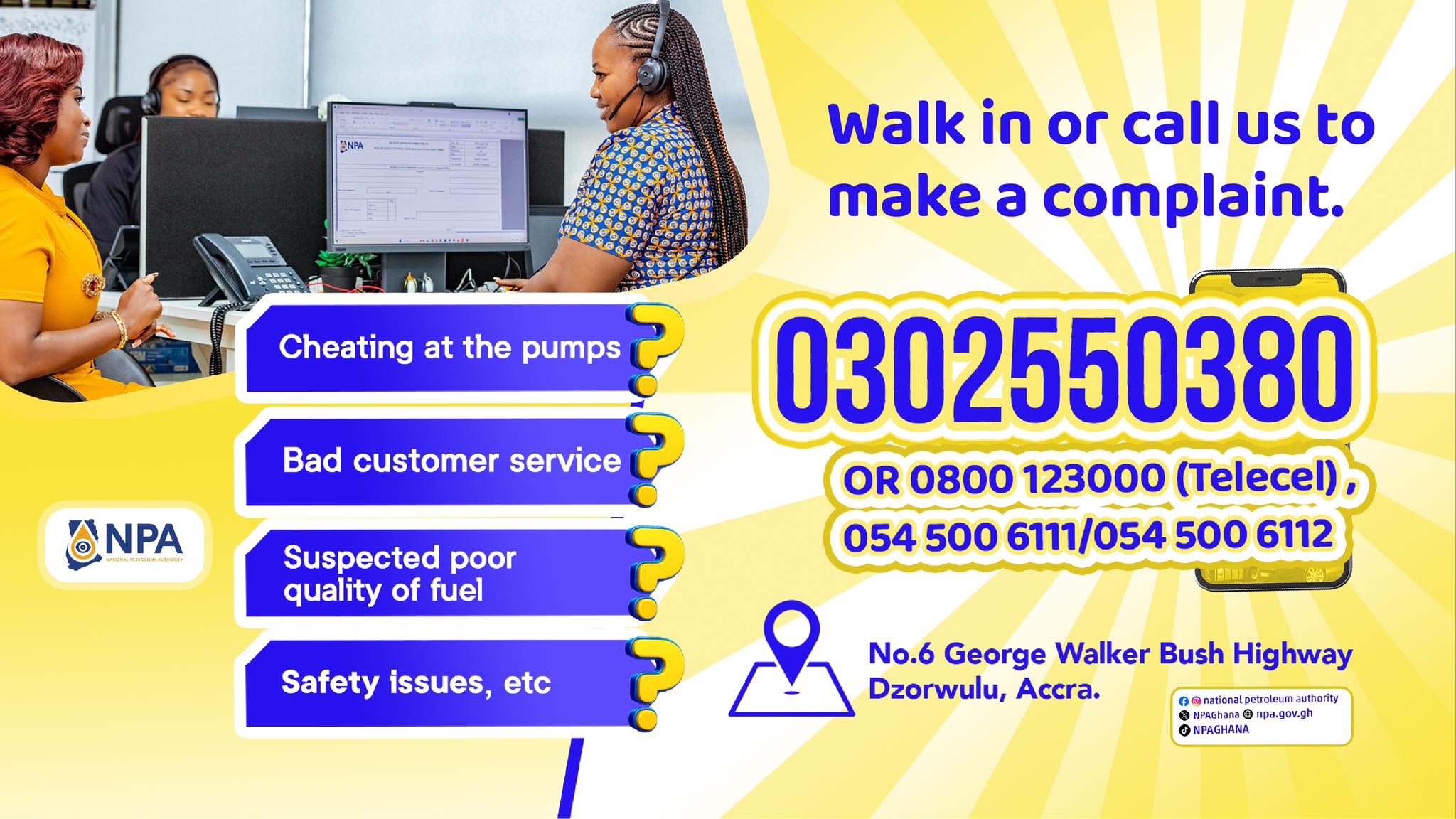Independent Power Producers (IPPs) and developers of renewable energy projects in South Africa operate in a burgeoning but challenging sector. The combination of Eskom’s well-known power supply challenges and the global shift towards renewable energy has attracted substantial investment from both local and international players.
However, as much as investment in the sector is attractive, the reality on the ground is like circumventing an iceberg: the visible challenges are just the tip, while beneath the surface lie complex, interlinked issues that can derail project timelines.
Consistently the most pressing challenges developers face are regulatory uncertainty, land access, grid constraints, securing funding, and engineering, procurement and construction (EPC) market capacity.
Land Access Challenges
Securing land – whether state-owned or under communal or tribal authority – remains a significant hurdle. Developers often engage directly with tribal authorities to obtain permission to occupy, only to face a long and bureaucratic state lease approval process because the government is ultimately the landowner. For example, a lease approval may take three years or more to obtain ministerial recommendation. Conflicting land claims and local political dynamics further complicate negotiations, making it crucial to resolve land rights issues early, as they typically take a long time due to the various stakeholders involved – and this directly impacts both grid access and financial close processes. While government initiatives such as Operation Vulindlela and the Energy One Stop Shop (EOSS) exist, they currently lack the authority to enforce action against government departments or SOEs, underscoring the need for more active facilitation by national or provincial bodies.
Regulatory and Legal Complexity
The regulatory environment is evolving rapidly. Eskom’s recent structural adjustments to tariffs, such as the Retail Tariff Plan (RTP) and Time of Use (TOU) changes, have altered the financial feasibility of many solar projects. Developers must also navigate environmental impact assessment (EIA) authorisations, land rights, and other approvals before securing a Budget Quote (BQ) from Eskom. These overlapping processes often create a “chicken-and-egg” scenario, where grid access requires land tenure – in some instances Eskom requires a registered Notarial Deed – but at the same time how do you secure land tenure before knowing that you have grid allocation by Eskom.
Grid Constraints and EPC Capacity
Eskom’s historical underinvestment in transmission and distribution infrastructure has led to severe grid constraints, particularly in the Northern, Eastern, and Western Cape. While the new procurement process undertaken by the National Transmission Company South Africa (NTCSA) for independent transmission projects presents an opportunity to unlock the grid, the historical backlog and bureaucratic processes continue to slow grid access. Similarly, the Engineering, Procurement, and Construction (EPC) market is constrained. Only a handful of large-scale EPC contractors can meet turnkey project requirements of strong balance sheets and performance guarantees. Banks also prefer proven, experienced EPCs; often foreign players have an advantage, limiting opportunities for emerging South African developers. While banks’ aversion to risk is understandable, this oligopolistic situation can inflate project costs and slow project execution.
Funding and Bankability
Access to project preparation funding remains limited. While the Development Bank of SA (DBSA) provides some support, their processes are slow and cumbersome. The Industrial Development Corporation (IDC), on the other hand, does not offer project preparation funding for energy projects. Local banks are naturally risk-averse, particularly at the early project development stage, and require comprehensive mitigation of risks before a project can be considered for funding and reach financial close. Early alignment with lenders on key bankable Power Purchase Agreement (PPA) terms, EPC contractor selection, and proven technology is essential to achieve bankability and therefore funding. Without robust financial structures and the appointment of credible contractors, even well-conceived projects may stall indefinitely.
The Community Factor
Underlying all these challenges is the human element. Building trust with communities, tribal authorities, and government departments is crucial. Projects can be delayed by community consultations, local politics, and unrealistic expectations – but addressing these proactively, with sensitivity and transparency, is key to long-term success. While frustrations are common, a balanced approach – acknowledging government assistance while advocating for more facilitation – helps maintain relationships and progress.
Navigating renewable energy development in South Africa requires patience, strategic planning, and active engagement with multiple stakeholders. Regulatory complexity, land access issues, grid limitations, EPC capacity, and financing challenges are intertwined, and delays in one area can cascade across a project. Developers who succeed are those who approach these challenges holistically, fostering trust, leveraging government facilitation, securing early lender alignment, and carefully selecting experienced contractors. By doing so, developers can steer their projects around the hidden obstacles, unlocking the country’s vast renewable potential.
Source: Tsatsi Mahlatsi – CEO, Mzansi Energy Consortium
Discover more from Energy News Africa
Subscribe to get the latest posts sent to your email.



